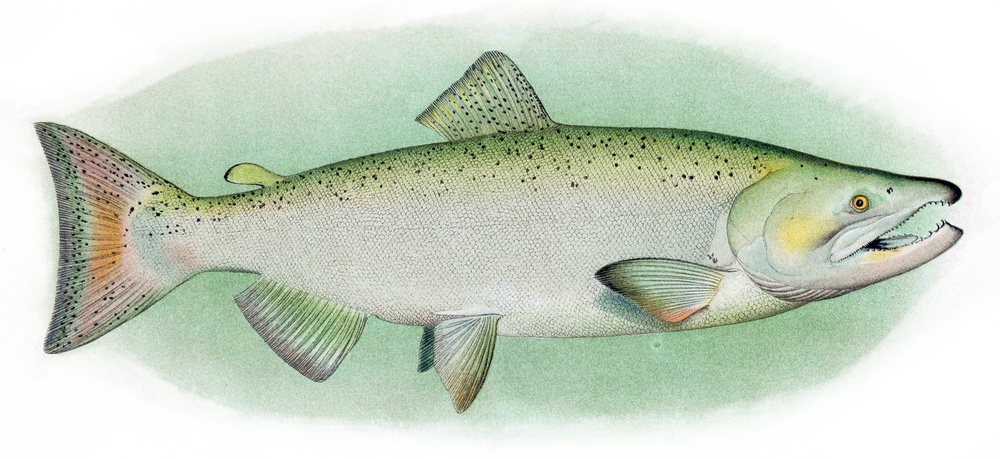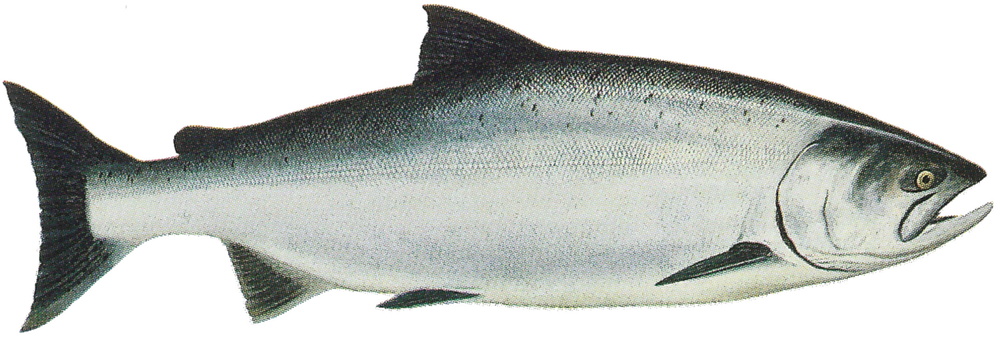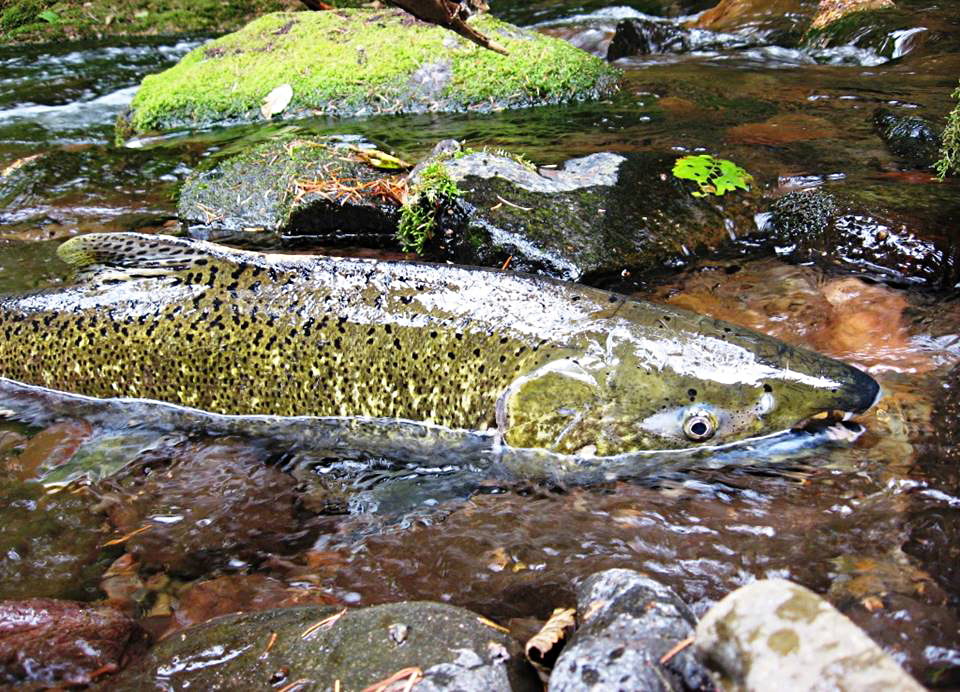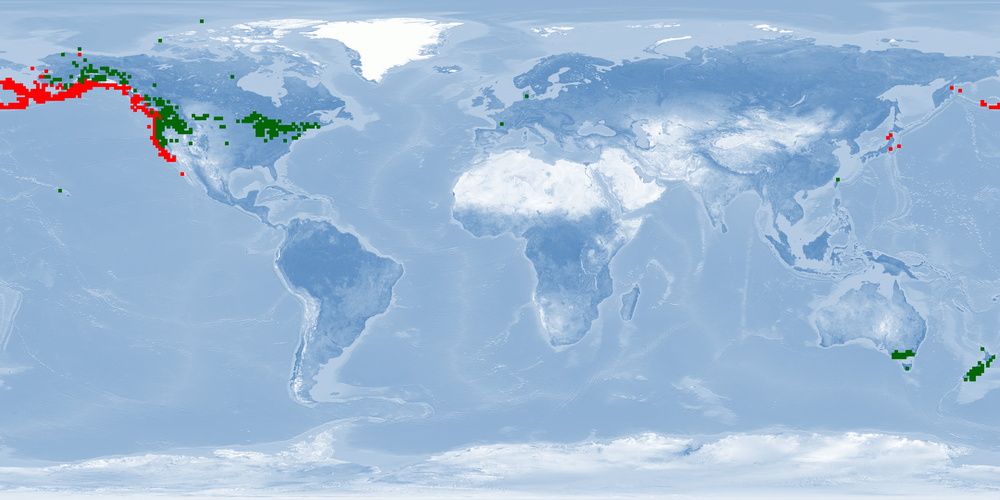
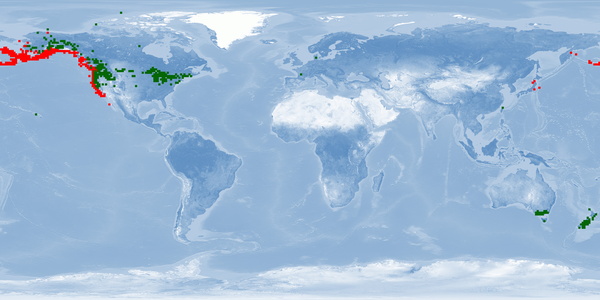
Farming remarks
Oncorhynchus tshawytscha is a Pacific salmon species distributed from northern Hokkaido to the Anadyr River on the Asian coast and from central California to Kotzebue Sound, Alaska, on the North American coast. Two morphotypes have been described, a "spring/stream" type that remains in the streams for a year and an "fall/ocean" type that migrates to the ocean a few weeks after hatching. O. tshawytscha is anadromous: eggs hatch in streams, juveniles (parr) live in streams for one or two years or a few weeks before migrating to the ocean. In the ocean, smolts grow into adults and either stay at the coast or migrate mostly up north. When they are close to maturity, they migrate back to their original streams to spawn in the autumn, independently of when they enter the stream. Females create several nests in a defended area called redd. O. tshawytscha dies after reproduction. Triploid breeds can be used to avoid the reproductive stage in farms. Because of their need to migrate as adults, it is unlikely that current farms can provide this welfare need. Further research needs to be done to accommodate this need into farming conditions and on living offshore (home range, aggregation, aggression, substrate). O. tshawytscha was successfully transplanted in New Zealand in the late 1800s, and nowadays New Zealand is the major exporting country of O. tshawytscha. Some populations in the USA are listed as endangered or threatened.
For details see: WelfareCheck | farm







